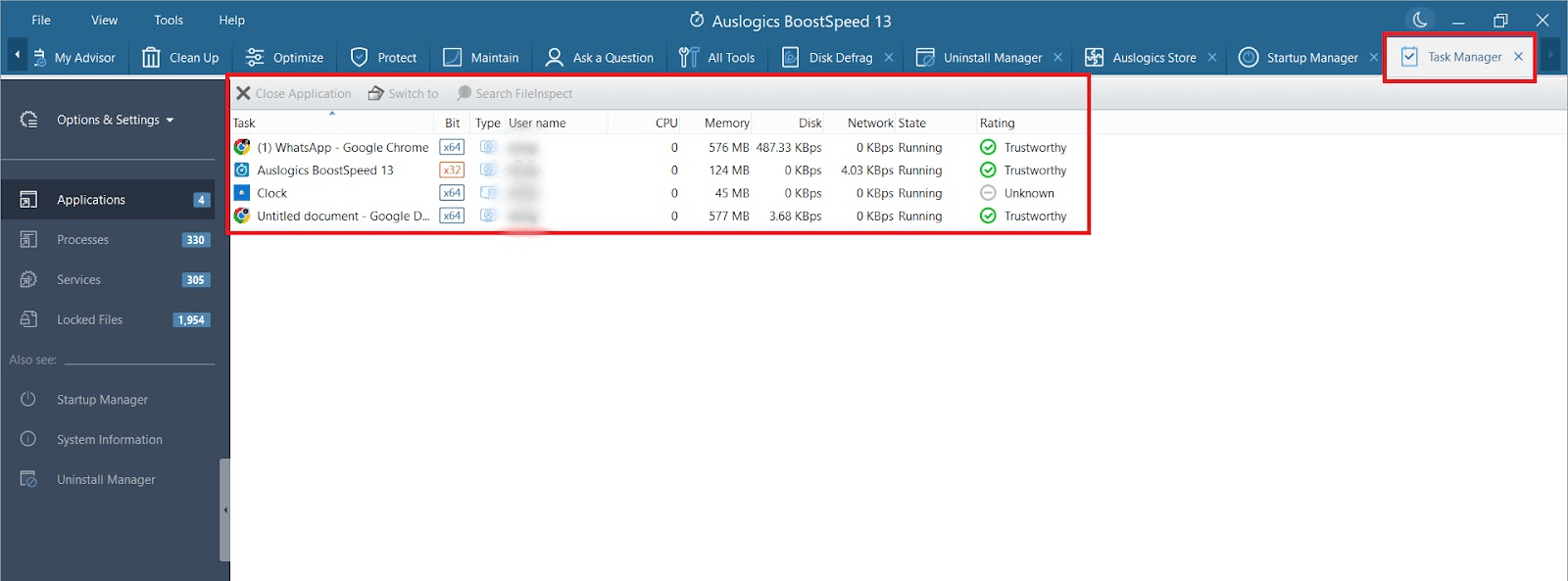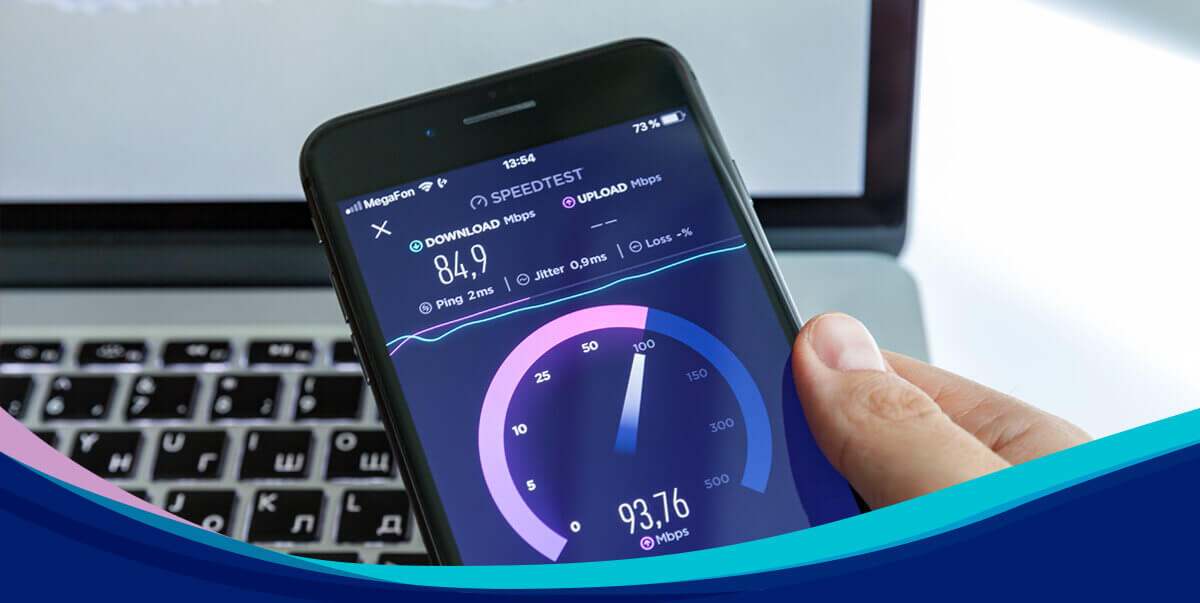
Online gaming is an engaging domain where every decision counts. One fundamental yet often overlooked factor influencing this dynamic environment is ‘Ping’.
Ping, subtly but significantly, shapes the quality of your gaming experience, playing both the hero and the villain.
At its core, Ping is the unseen link between your game, the server, and your display. It’s the deciding factor when precision is of utmost importance, like when landing that critical headshot.
Hence, understanding Ping becomes crucial to elevating your gaming skills.
But what is Ping, and why is it so influential in gaming? Is high ping good or bad? What is a good ping?
This article seeks to demystify Ping and its impact on online gaming. We’ll traverse the often murky territory of network latency, explore the various elements that influence Ping, and uncover practical ways on how to lower ping.
So, let’s dive in!
Understanding Ping
Simply put, Ping is a measure of how quickly data travels from your device to the game server and back. The lower the Ping, the smoother and more reactive your gameplay.
Conversely, high Ping can result in lag, sluggish response times, and a less satisfying gaming experience
Picture Ping as an echo, a signal sent from your device that bounces off a server and returns.
When we talk about Ping in the gaming sphere, we’re really speaking about time – measured in milliseconds.
Then there’s ‘Latency’, a term often used interchangeably with Ping. However, they’re not exactly the same.
Latency is the total time taken for data to go from one point to another. Ping, on the other hand, includes the round trip time – to the server and back. Essentially, all Pings involve Latency, but not all Latency involves Ping.
Multiple factors can influence your Ping. Your internet connection’s speed is a crucial component, with faster connections generally resulting in lower Ping. Similarly, the physical distance between your device and the game server also plays a part. The closer the server, the lower the Ping tends to be.
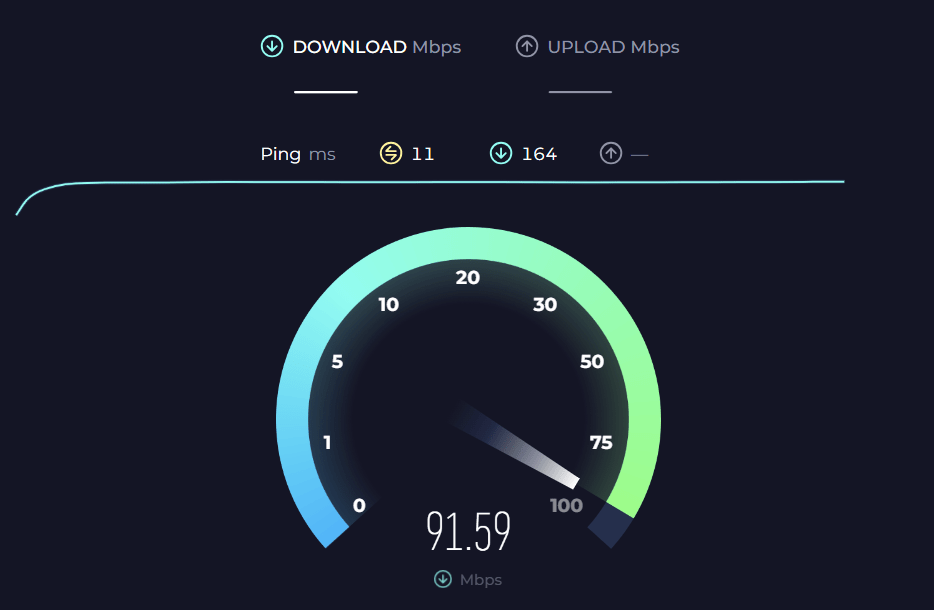
Network traffic and the performance of your hardware and software are other contributing elements. Just as a busy road can slow down a car, a congested network can increase your Ping. Similarly, outdated or inefficient hardware and software can lead to higher Ping.
There are tons of other reasons for high ping which we explain in our other article:
See how to fix ping issues and low FPS while gaming on Windows 11.
How Does High Ping Affect Gaming?
We’ve already discussed what Ping is, how it relates to latency, and the factors that influence it. Now let’s talk about the effects of high Ping on your gaming performance.
- High Ping is an unseen problem that you may unknowingly face during online gaming. It often shows up as ‘lag’. If you’ve ever experienced delays or choppy actions, that’s high Ping at work.
- High Ping can cause more than just minor inconveniences. It can significantly affect your game. In the heat of an intense match, any delay can lead to a loss. For games that require quick reactions and precise timing, high Ping is an unwanted obstacle.
- High Ping can also cause disconnections and unresponsiveness. If your Ping is too high, your game may lose connection with the server. You might get disconnected or find your controls unresponsive. It’s always disappointing to see a “Connection Lost” message during a crucial moment in your game.
Understanding the impact of high Ping on gaming can help us address the issue. With this knowledge, we can develop solutions to combat this unseen challenge. Let’s move forward, prepared to tackle high Ping head-on.
How to Lower Ping While Gaming

Image taken from meter.net/ping-test/
Now that we’ve identified the gaming nemesis that is high Ping, it’s time to equip ourselves with the knowledge to fight it. So how to lower ping on a PC?
Here are some tried and tested strategies to reduce your Ping and level up your gaming experience:
Use a Wired Connection
Moving from a wireless to a wired connection can be a game-changer when it comes to online gaming. Wi-Fi, despite its convenience, can’t match the speed and stability of a wired connection. Making the switch can significantly reduce fluctuations in Ping, delivering a smoother and more reliable gaming experience.
- Get your hands on an Ethernet cable if you don’t already own one.
- Plug one end of the cable into your router and the other into your computer.
- Make sure to configure your computer’s network settings to use the wired connection instead of Wi-Fi, if it doesn’t switch automatically.

Close Unnecessary Applications
It’s easy to overlook the impact of background applications on your bandwidth. Often, numerous programs run simultaneously on your computer, quietly eating up bandwidth. Shutting these applications can free up resources, thereby improving your game’s speed and reducing Ping.
- Open your computer’s task manager. This can be done by pressing Ctrl + Shift + Esc on Windows, or Command + Space and typing “Activity Monitor” on Mac.
- Review the list of applications currently running on your system.
- Close any applications that aren’t necessary during your gaming session.
You may also use Auslogics BoostSpeed in order to review background applications and take action all by using one app!
Download Auslogics BoostSpeed 13 for Free Here
Optimize Your Network Settings
Often, the key to reducing Ping lies in your network settings. These settings govern how your computer interacts with your network. Tweaking them to optimize for speed and performance can reduce Ping, leading to more responsive gaming.
- Navigate to your computer’s network settings. You’ll find these in the Control Panel on Windows, or in System Preferences on Mac.
- Look for settings that could improve connection speed. One such setting could be to disable network throttling. The exact settings will depend on your operating system.
- Apply the changes and restart your computer, if required.
Prioritize Gaming Traffic
Quality of Service (QoS) is a feature available in most routers that can give your gaming traffic the VIP treatment. By prioritizing gaming data over other types of traffic, you ensure that your game gets the majority of your bandwidth, reducing Ping and enhancing your gaming experience.
- Log into your router’s settings. The specific process may vary depending on your router’s manufacturer.
- Locate the QoS settings in the router’s menu.
- Adjust the settings to prioritize gaming traffic. This may involve specifying your game’s name or the type of traffic it uses (typically UDP). Don’t forget to save and apply changes.
Upgrade Your Internet Plan
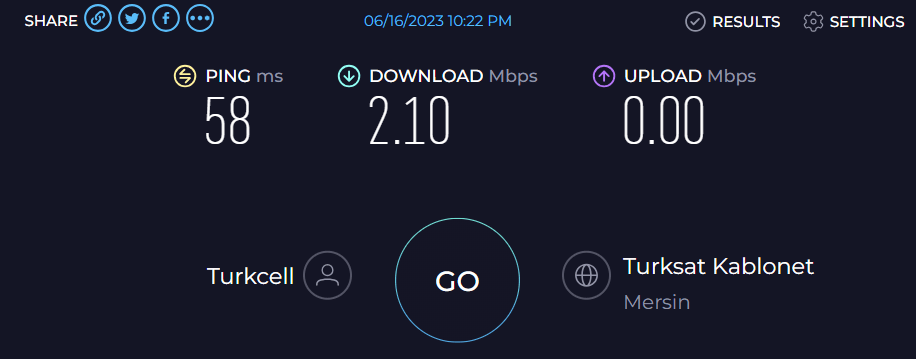
Sometimes, your internet plan may not cut it for high-speed online gaming. If you’re consistently experiencing high Ping, it might be due to a slower internet connection. Upgrading to a faster plan can be a straightforward solution to lower Ping and improve overall gaming performance.
- Assess your current internet speed. You can use online speed test tools for this purpose.
- Compare your current speed with the recommended internet speed for your game. If it falls short, consider an upgrade.
- Contact your Internet Service Provider (ISP) and explore faster internet plans they offer. Make the switch if it fits within your budget.
Use a Gaming VPN
A Gaming Virtual Private Network (VPN) can often help in reducing Ping. It provides a more direct route between your device and the gaming server, bypassing regular internet traffic. However, it’s essential to choose a reliable gaming VPN to gain the desired benefits.
- Research and choose a reputable VPN. Check online reviews and ratings before making a decision.
- Install the VPN software on your device.
- Connect to a server that’s closest to your game’s server for the best results.
Reduce Network Congestion
Network congestion can result from having too many devices connected to your network at once. This can hog your bandwidth, leading to a higher Ping. Disconnecting devices not in use can free up more bandwidth for your game.
- Identify all the devices connected to your network.
- Disconnect any devices that aren’t in use or don’t require an internet connection at that time.
- Monitor your Ping to see if there’s an improvement.
Choose Servers Wisely
Choosing the right server can have a substantial impact on your Ping. If possible, select a server that’s geographically close to you as the further the server, the higher the Ping.
- Check if the game you’re playing offers the option to select a server.
- If so, choose a server that’s geographically closest to your location.
- Monitor your Ping after changing servers to see if there’s a noticeable improvement.
Check for Background Downloads
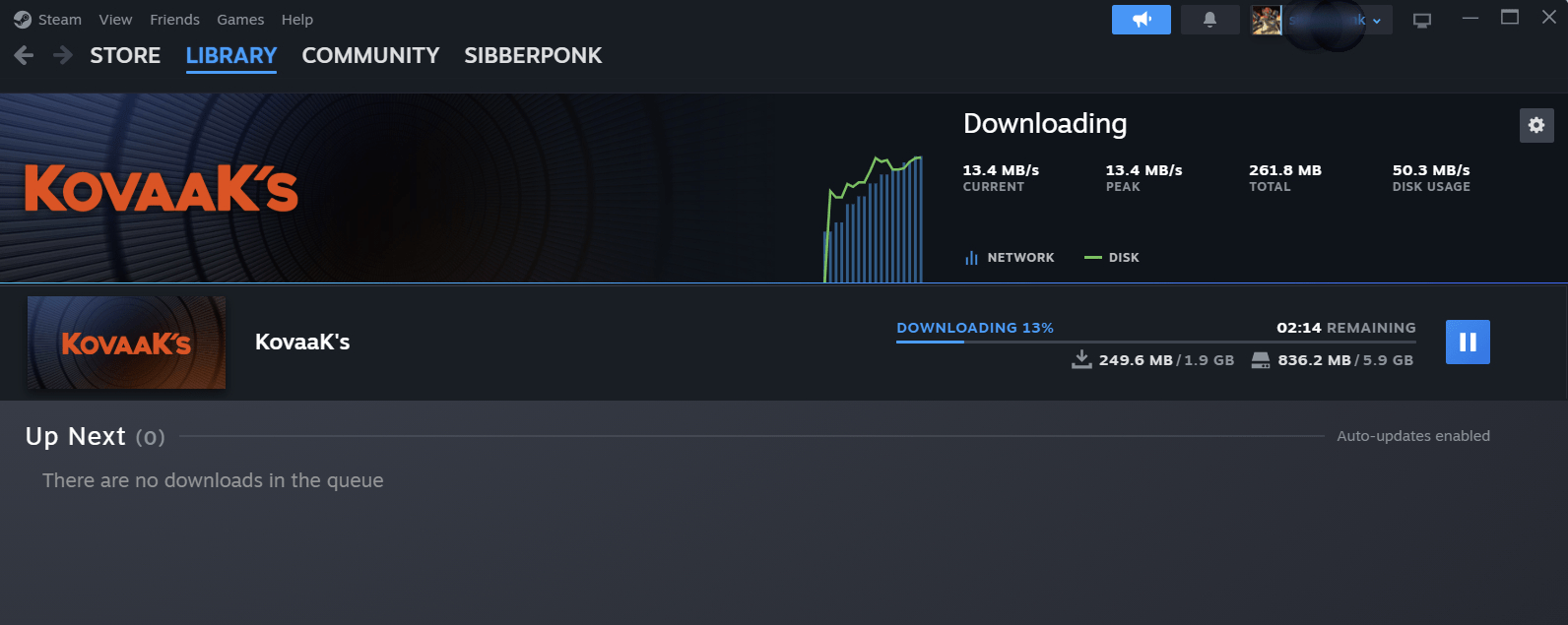
Background downloads can consume a significant amount of your bandwidth without you realizing it. Regularly checking and managing these downloads can prevent them from increasing your Ping.
- Regularly check your device for any ongoing background downloads. This includes updates, file downloads, or streaming services.
- Pause or schedule these downloads for a time when you’re not gaming.
- Regularly clearing your download queue can help prevent unexpected bandwidth consumption.
Armed with these tips, you’re now ready to take on high Ping, transforming your online gaming journey from frustrating to fantastic. Remember, every improvement, no matter how small, can make a significant difference in your gaming performance.
Also Read: How to improve Internet Speed Including Wi-Fi?
Conclusion
In conclusion, Ping is a critical aspect of online gaming, often overlooked amidst other facets of the gaming experience. Yet, understanding Ping and the various methods to manage it can be the deciding factor in your gaming performance.
Whether you’re an amateur gamer or stepping into the realm of competitive gaming, the knowledge of Ping, its implications, and ways to optimize it will serve as a critical tool in your gaming arsenal.
Remember, in a world where every millisecond matters, an informed gamer is always a step ahead. By demystifying Ping and taking active steps to reduce it, you can transform your gaming experience from frustrating to fantastic. Keep gaming, keep learning, and remember, the game isn’t over till the last Ping!
FAQ
Why Is My Ping High?
High Ping can result from various factors, including a slow internet connection, congested network, or geographical distance from the gaming server. Outdated network drivers and background applications consuming bandwidth can also increase Ping.
What Is a Good Ping for Gaming?
In general, a Ping of under 20 milliseconds is considered excellent for gaming. However, anything under 100 milliseconds is still acceptable and should provide a smooth gaming experience. The lower the Ping, the better the gaming experience.
Can Using a Wired Internet Connection Instead of Wi-Fi Reduce Ping?
Yes, using a wired connection can significantly reduce Ping. Unlike Wi-Fi, wired connections offer a more stable and faster connection, leading to lower Ping and a smoother gaming experience.
What Is a Gaming VPN, And Can It Help Lower Ping?
A gaming VPN is a virtual private network designed to optimize online gaming. It can lower Ping by providing a more direct route to gaming servers, bypassing regular network traffic. However, the effectiveness can vary based on the VPN and the gaming server’s location.
How to Lower Ping by Choosing the Right Server?
Choose a gaming server that’s geographically close to you for lower Ping. The further the server, the higher the Ping. Some games provide the option to choose your server, allowing you to pick one that optimizes your gaming performance.
Are There Any Other Troubleshooting Steps If My Ping Is Still High?
If you’ve tried the previously mentioned steps and your Ping is still high, consider contacting your Internet Service Provider (ISP). It’s possible that the issue is on their end. Also, ensure that your device’s hardware and software are updated and performing optimally.
https://www.auslogics.com/en/articles/ultimate-guide-how-to-lower-ping-for-better-gaming-experience/

